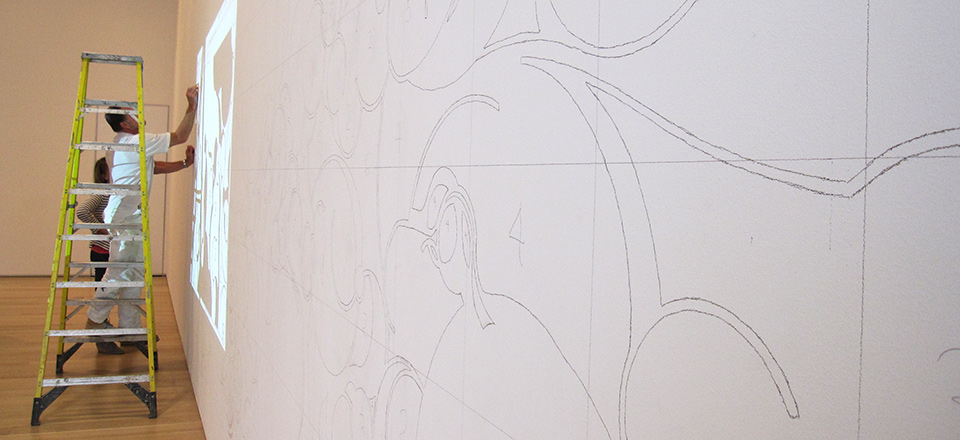Thoughts on Prototypes
By: Smith Schwartz |
Last weekend I was invited to speak about my experiences traveling and designing at Prototype Camp here in Chicago. It was great to rally around the idea that our pursuits are invariably works in progress, and the faster you can get real-world feedback, the better your work ultimately will be. This is a big, important concept that applies to the work we do, the projects we build and even how we live our lives. Not getting hamstrung by notions of perfection from the outset is super important. In my case, even though I know it’s impossible to plan out every tiny detail in various aspects of my professional and personal life, it still takes effort not to try anyway. It helps quell my perfectionistic tendencies to work fast and loose, let the big ideas take shape rather than getting stuck under details, to push plans, designs or concepts out rather than immobilizing myself with specifics.
What we’ve learned in our travels is to pare our life down to the essentials. We don’t have a lot of extra luggage to weigh us down. We focus on experiences, interactions and communities. Each month or so we have the opportunity to try new things, inevitably making mistakes of all shapes and sizes, only to incorporate that knowledge so the following month is a bit better.
This same principle of running lean and mean applies to the way I work as well. Over time I’ve learned to love the power and simplicity of prototyping with static sites. Relative to my other experiences prototyping new designs, creating sites with just HTML, CSS and Javascript is quite liberating.
At Prototype Camp, one of my design heroes, Jen Myers gave a great talk incorporating many of these ideas. (Her slides are posted for more info.) She spoke about her current workflow, which is quite similar to the one I’ve adopted of late: Jekyll + Boilerplate + Sass + Compass + Github Pages. This has a number of advantages. Using Github means it’s easy for the whole team to edit and contribute, Jekyll, Boilerplate and Compass make things look nice without tons of testing, Sass makes styling more powerful and structured and clients and stakeholders love having a real site they can actually interact with and use. (Buh-bye complicated Photoshop docs!)
Getting up to speed on this workflow does take a bit of a learning curve. For instance, it takes some configuration to get Jekyll to play nice with the CSS compilers. But the payoff of prototyping and designing this way is huge. There’s a bit more work to do on the beginning of a project, but then you have code you can actually push into production.
The downside is that for right now, these tools set a pretty high technical bar. They add some complexity and downtime when one link in the chain breaks.
So, what do these static sites look like, you ask? Well, you happen to be looking at one right now. Schwartzography, ErikSchwartz.net and SmithSchwartz.com were all built using some or all of these concepts. You can still have bloggy content without a CMS which is a total win-win in my book. As a designer/developer it’s pretty sweet to have a continuous process from prototype to functional website all on the same platform. So I guess that’s pretty cool, as fake Miley might say.
Header image is a physical prototype of Florencia Pita's Cronopios, at The Art Institute of Chicago, 2010.